It’s late summer–not the time you’re exactly thinking of doing pruning around your yard, is it? Unless you’re battling a shrub that’s taking over your front porch, chances are you won’t think much about pruning until at least this fall (or maybe even next spring). But did you know that late summer is a great time to prune many varieties of hydrangea? It’s true!
Older varieties of hydrangeas–standard mophead and lacecap types–bloom only on old wood, so you’ll need to prune them in late summer or early fall in order to ensure blooms the following season. But unless you’re familiar with the specifics on hydrangeas, you might not even know what the terms “mophead” and “lacecap” mean, much less how to prune them!
Below are the basic types of hydrangea and photo examples of each, along with a brief description of when they should be pruned.
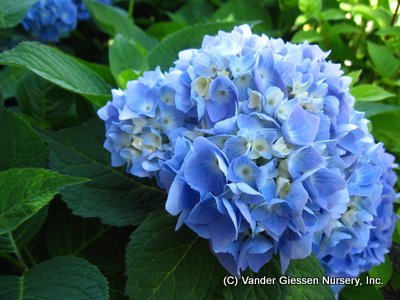
Mophead
Close your eyes and picture a hydrangea–chances are, you’ll envision this good old-fashioned type. Mophead hydrangeas typically bloom on old wood, meaning the previous year’s growth, so prune them in August (or no later than early September) to ensure they’ll bloom next year.
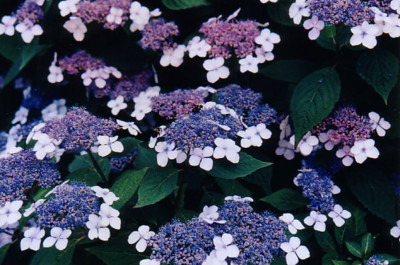
Lacecap
Like mophead hydrangeas, lacecaps are well-known and have been around for a long time, too. Also like mopheads, lacecap varieties should be pruned in late summer to ensure blooms in the coming year.
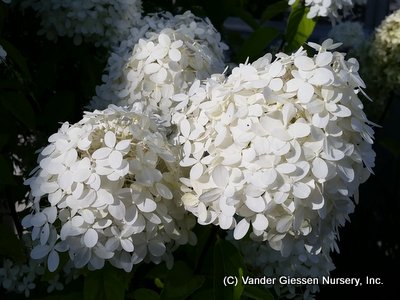
Paniculata
Paniculata hydrangeas are quickly growing in popularity with gardeners for their versatility in sun or partial shade and ease of pruning. Paniculatas can be quickly identified by their cone-shaped flowers in shades of white, lime green or pink. Prune paniculata varieties anytime from fall through early spring and still enjoy abundant blooms in summer!
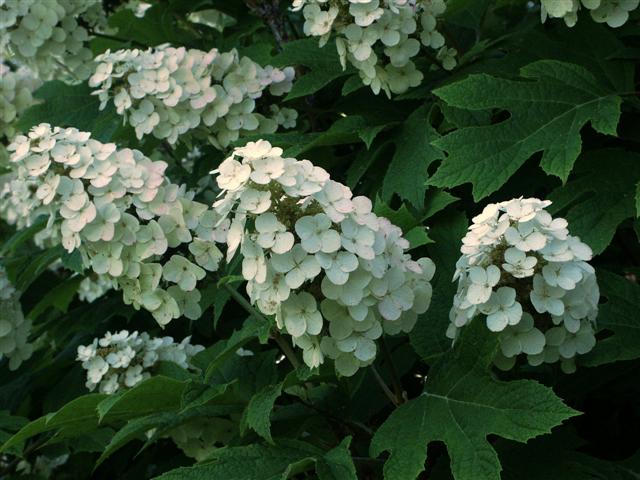
Quercifolia/Oakleaf
Quercifolia (oakleaf) hydrangeas may look similar to a paniculata hydrangea at first glance, but check out the leaves and you’ll see they’re a different creature entirely! With striking large oak leaf-shaped foliage, quercifolia types should be pruned in late summer to ensure flowers in the coming year.
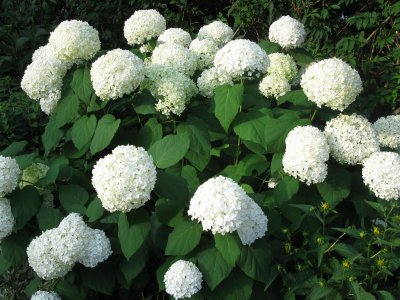
Arborescens
The most common type of arborescens hydrangea is ‘Annabelle,’ boasting finely-textured large white flowers, but other varieties including ‘Invincibelle Spirit’ or ‘Incrediball’ are relatively common as well. Like paniculatas, arborescens varieties can be pruned anytime from autumn through early spring.
Now, how hard you prune your hydrangeas will vary depending on how big you want them to get, whether you mind the look of bare branches in winter, etc. The best method for pruning if you need to give your hydrangeas more than a light haircut is the “thirds” rule: prune 1/3 of the branches nearly back to the ground this year, 1/3 next year and 1/3 the following year. If you’re not that patient, however (or your plants grow too fast for your liking), most hydrangeas can be pruned nearly down to the ground without much harm. Keep in mind that if you prune hard, the following year’s stems may be weak and flop over when the flowers are fully developed.
Hydrangeas are beautiful shrubs and easy to grow. With a little attention to what type you have in your yard, you can enjoy loads of flowers each year while also keeping the size of your plants in check.


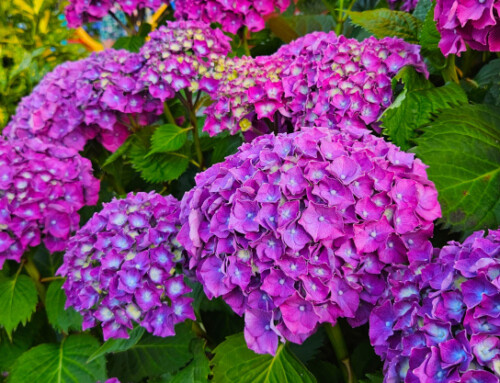
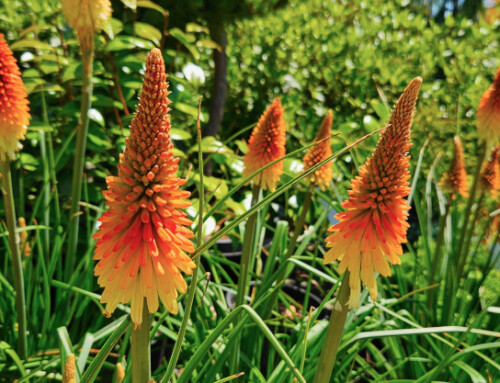
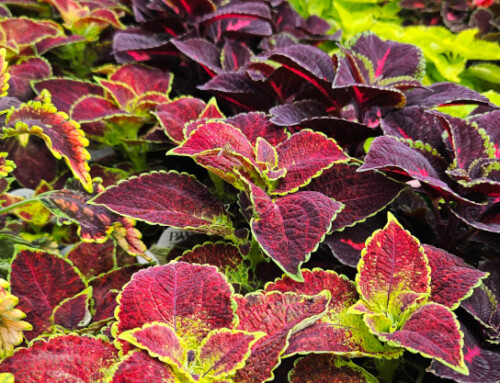
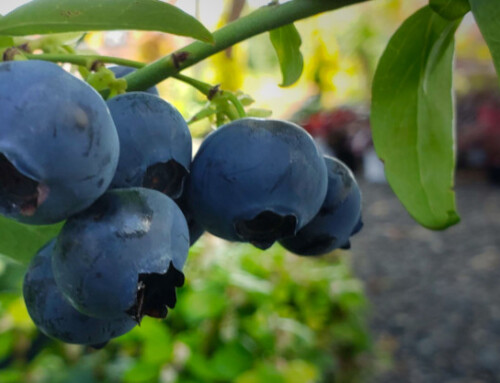
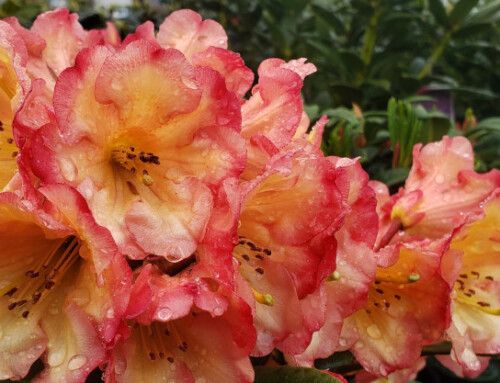
Leave A Comment